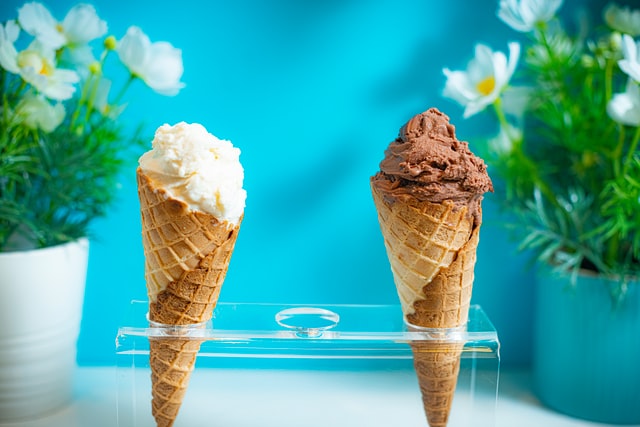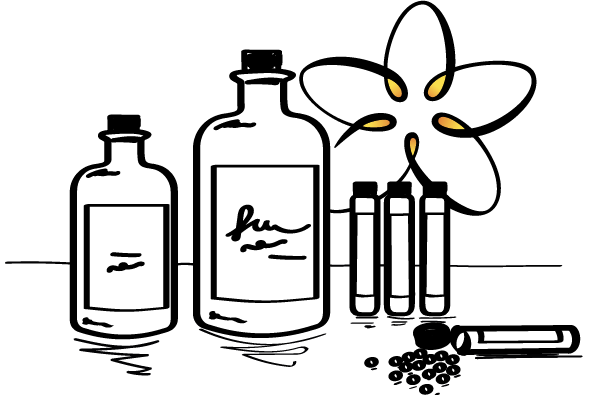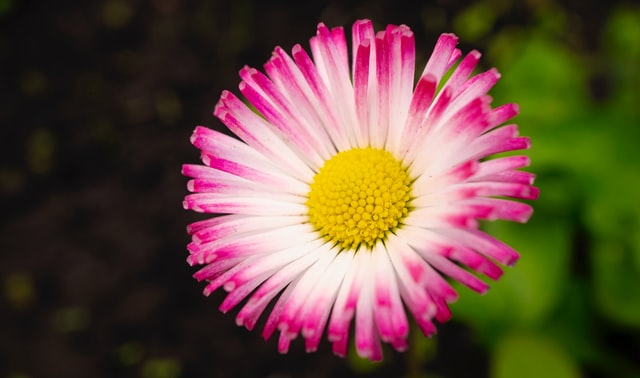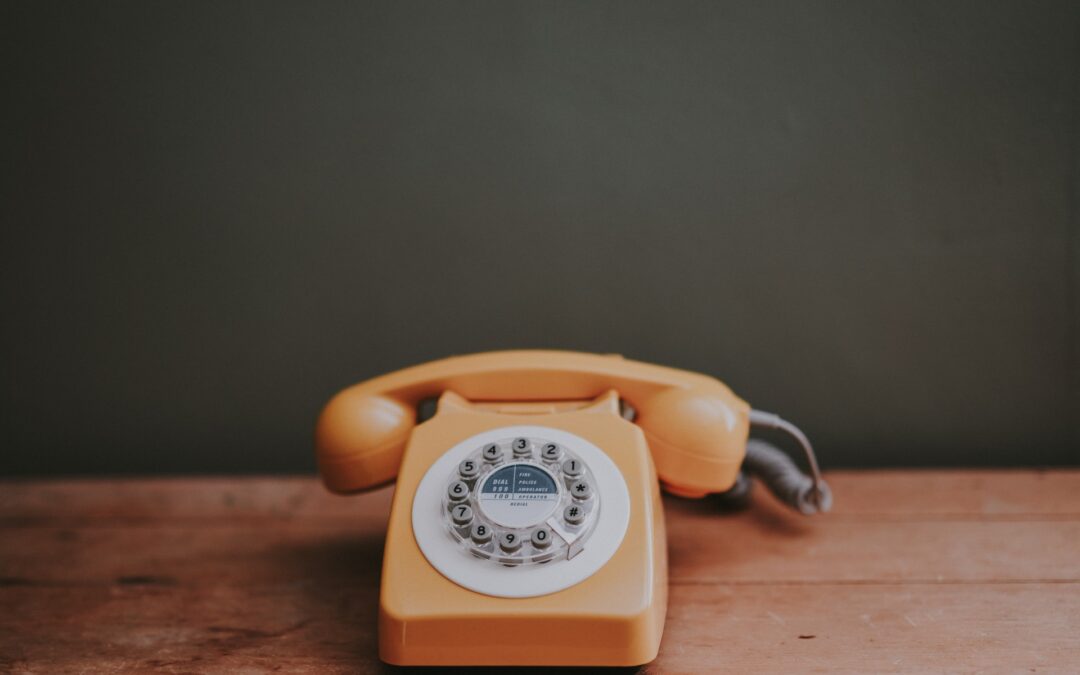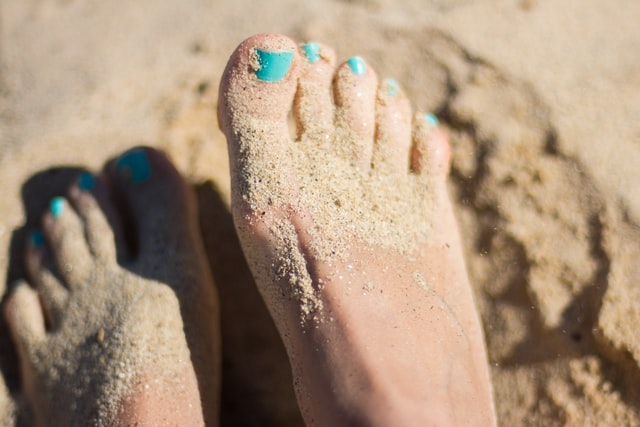
RECURRING INFECTIONS- TOENAIL FUNGAL
Hello this summer! Any recurring ailments on your nails?
Toenail fungal infection might be sometimes a recurring state. One of my patients suffered from it on and off for nearly 10 years. With help of homeopathic remedies, change of a diet and hygiene habits we finally managed to clear her susceptibility.
It usually takes more than one remedy for recurring states to go away for good. Nosodes and miasmatic remedies are often needed to prevent infectious state from coming back.

What homeopathy can offer?
Some of the remedies to consider:
THUJA– Nails are discoloured and soft, out of shape, crippled, brittle and soft. The nails may crumble or break. Patients may think they are unclean or ugly.
ANT CRUD– Nails are very brittle and break easily. The original shape of the nails is distorted and the nails grow out of shape, nails are split and grow at a very slow pace. The patient seems to get unusually irritated at the slightest things.
SILICA– Crippled and brittle nails. Patients who have very cold and sweaty feet with thickened nails. Nails might be disfigured. Sharp, unbearable pain in toe nail making patient restless and irritable.
GRAPHITES– The toenails grow inwards and they tend to ulcerate with surrounding tissue swollen. The nails are thickening or there might be deformity of nails which break easily. Patient experiences deep seated pain which cannot bear the touch.

What recurring skin infections are troubling you today?
Recurring states might be not so easy to shift and often require some additional changes in our daily habits. More alkaline diet and making sure we keep nails short and we dry our feet properly might be essential in order to reduce a chance of toenail fungal infection to return.
Deep susceptibilities to fungal states are treated with miasmatic remedies under supervision of homeopath. The full consultation taken can show the family history and how susceptibilities can be changed. It’s a process but it’s worth it.
Let’s talk about homeopathy!

